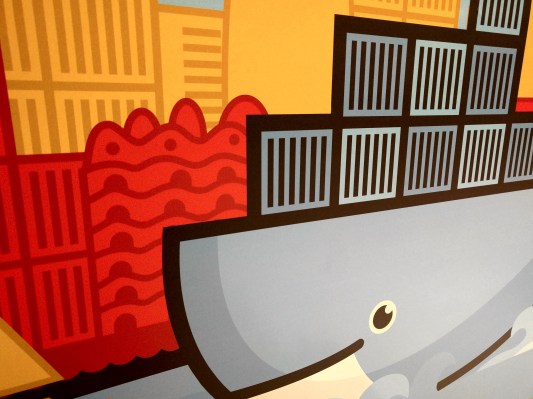At the DockerCon conference today in Austin, Docker announced a new service called the Modernize Traditional Applications (MTA) Program that enables customers to move certain legacy apps into Docker containers, put them under management of Docker Enterprise Edition and prepare them for use on more modern infrastructure.
What’s more, the company is so confident in their ability to move these applications, that they are willing to guarantee the outcome, so long as the applications meet certain criteria.
What Docker found over the last six months while they built this offering was that customers were hungry to try containerization. While they didn’t necessarily have the skill or the will to go to all the way to micro services, they were looking for a way to take advantage of the higher level benefits of containerization including portability, efficiency and security, COO Scott Johnston told TechCrunch.
“Customers got excited about it when they saw we could take an existing app and put it in a container [without] moving to a more cutting edge micro services project,” he said.
Traditionally, applications have been delivered as a single monolithic entity. With micro services, the holy grail of containerization, you break down your application into discrete pieces, making it much easier to deploy and manage. In this kind of environment developers can concentrate on programming tasks and the operations team can worry about deploying the applications. This is typically referred to as a DevOps approach. With the new service announced today, customers don’t have to go all the way to micro services with containers to gain some of the benefits.
The Docker professional services team is working with partners Avenade, Cisco, Microsoft and HPE to help companies move appropriate legacy apps into a containerized environment. And it makes sense as these vendors are likely to have customers or clients running many of the target applications.
The company found if the legacy app meets certain criteria, they can actually guarantee they can move it to a container successfully for fixed price within a defined time period. It may sound like a bold promise, but Docker learned throughout the Beta period as they experimented with these applications, that certain ones were easy to move and others were not good candidates. Armed with that knowledge, they felt they could guarantee the outcome.
“What I would say is that an enterprise application suite could have thousands of applications and there is always something that will fit our criteria. We are confident about that,” Johnston said.
He said that companies are spending up to 80 percent of their IT budgets supporting these legacy applications, and believes that if Docker can offer a way to reduce that spending by moving them to more modern architecture without a lot of heavy lifting, the exercise would seem to be a no-brainer, especially with the guarantee.
